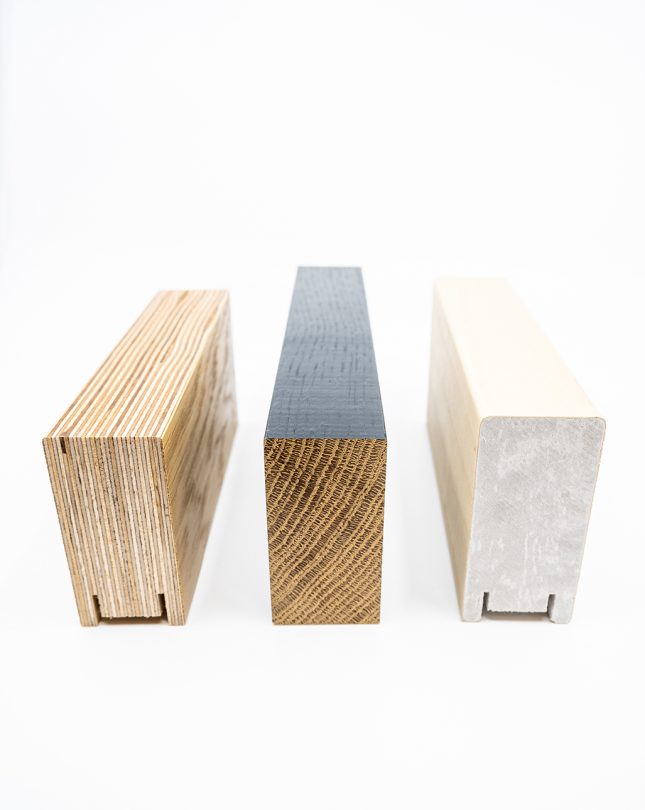Our latest news and views English
Underpinned by our Scandinavian design heritage, we bring you regular stories about architecture and interiors, exploring natural materials, acoustics, and the creation of safe and harmonious environments.
From hospital reception areas to university libraries, wooden ribs have become an increasingly sought-after wall and ceiling cladding choice for architects when creating nature-inspired interiors. Vertical lines add drama and a sense of space, and perhaps that’s why the popularity of linear wood panelling is so strong.

Ribs can offer benefits in terms of sound absorption and sound diffusion, enhancing the acoustics of a space. However, when it comes to fire safety, interiors with wooden rib panels can be challenging. Due to their geometry, the ribs have a large exposed surface area per wall or ceiling, and they are often mounted as part of an element which is created from several components. Furthermore, there are many different solutions on the market, and they don’t all offer the same fire safety credentials. Recently, Håvard Strøm Halvorsen, fire engineer at Norconsult (one of the leading multidisciplinary consultancy firms in the Nordic region), set out to shed light on the fire safety of wooden rib panels through a Master’s thesis at the Norwegian University of Science and Technology. Through tests, interviews with architects and reviews of existing products on the market, the project examined the challenges and opportunities in designing fire safe interiors with wooden ribs.
The thesis explored how the use of wooden ribs in interiors can affect the required level of fire safety in a project. The tests that were carried out compared the reaction to fire properties of ribs made from fire-protected solid wood, with other material compositions, and the author also carried out a review of whether wooden rib products on the market meet product documentation requirements.
The comparative fire tests gave a clear picture of how the material composition of the ribs are of great importance for the fire development. In the test of solid wood ribs, the fire spread faster compared to the reference test (with fire-protected wood fiber board mounted on plasterboards). Furthermore, the installation substrate also proved very important, with open cavity and combustible substrate materials producing a faster fire development compared to insulated cavity and non-combustible substrate materials.
The report also found that “…only a few of the assessed wooden rib products are fire tested and classified according to the regulations”, often lacking the required third-party documentation needed in accordance with EN 13501-1. Commenting on his findings, Strøm Halvorsen said that the most surprising aspect of the result was “to see that the wall composition had such a major impact on the spread of fire in walls with wooden ribs” and that he hopes that the future will bring “a greater focus on construction products having the correct product documentation”. He added that a major challenge is that “the regulations for product documentation can be complicated and challenging to understand”. Research like Strøm Halvorsen’s thesis will hopefully help lead the way to help more architects and designers make informed decisions when specifying wooden ribs for interior projects.
